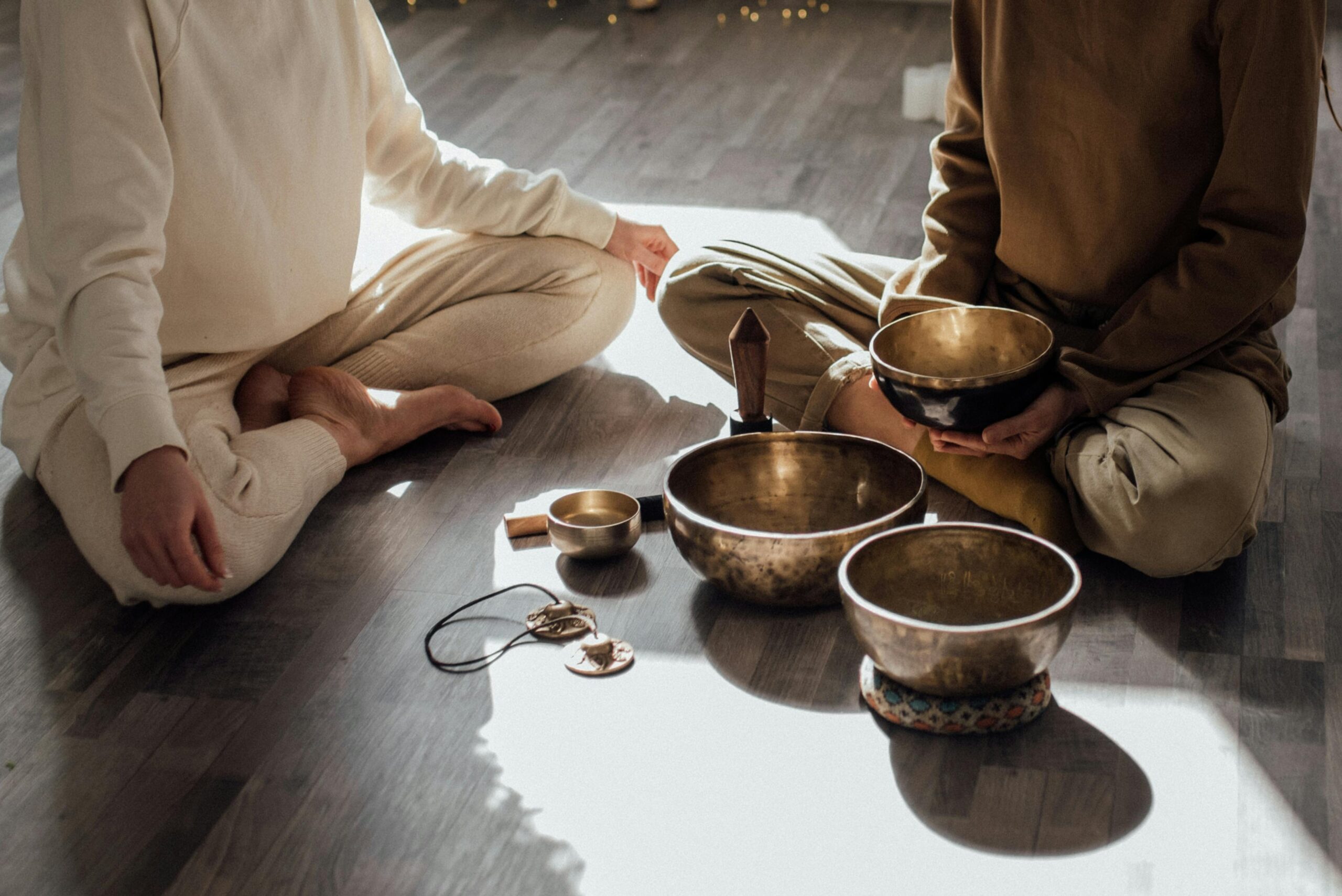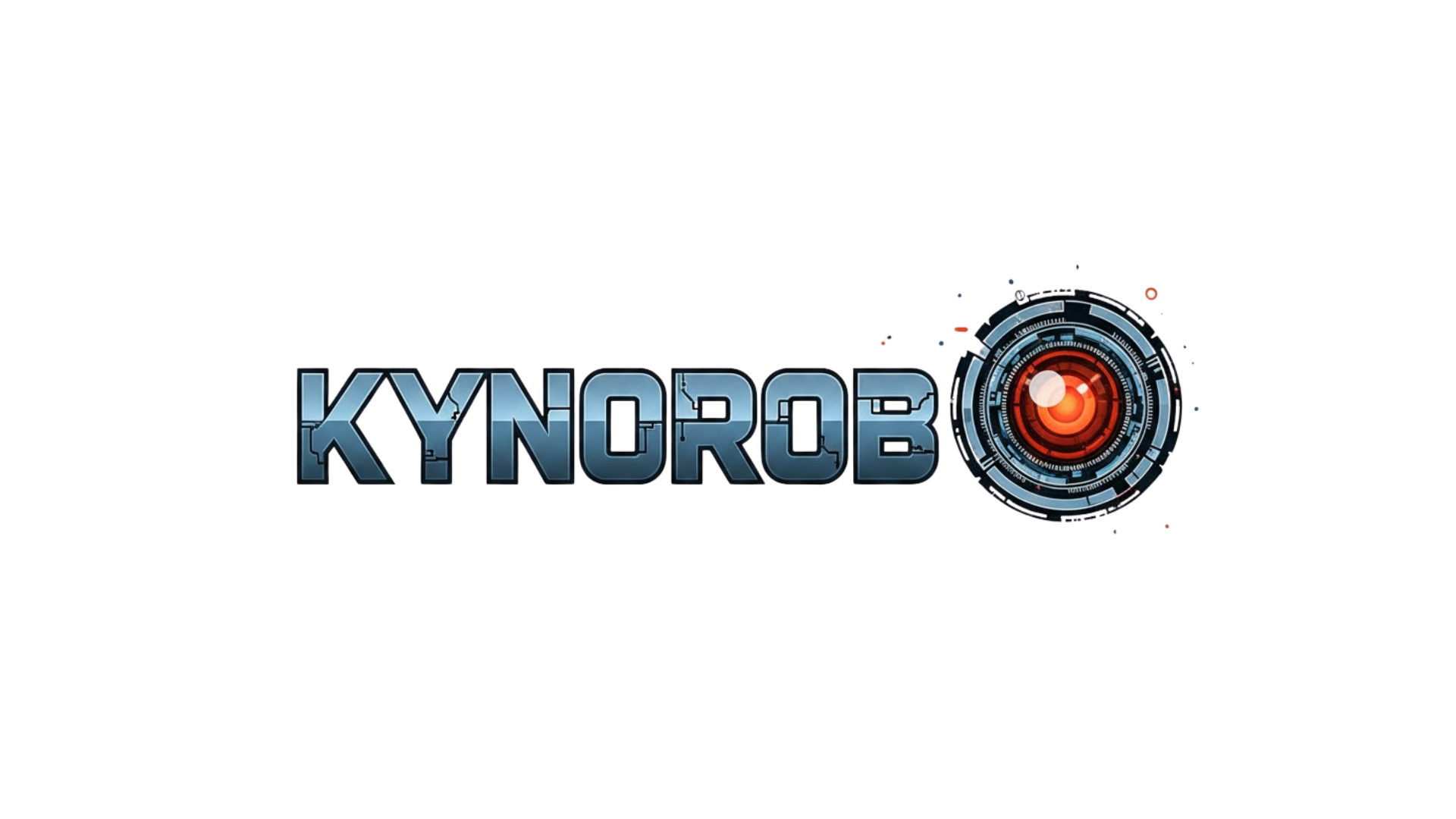Across continents and centuries, ancient cultures have mapped invisible energy centers within the human body, offering pathways to balance, healing, and spiritual awakening that remain remarkably relevant today.
🌍 The Universal Language of Energy Centers
Long before modern science began exploring the connections between mind, body, and consciousness, civilizations around the world developed sophisticated systems for understanding human energy. These systems, while emerging independently across vast geographical distances, share striking similarities in their core concepts. From the chakras of India to the dantian of China, from the sefirot of Jewish mysticism to the energy wheels of indigenous traditions, humanity has consistently recognized that we are more than just physical beings.
The convergence of these ancient wisdom traditions offers us a rich tapestry of practices and perspectives for achieving holistic well-being. In our contemporary world, where stress, disconnection, and imbalance have become epidemic, exploring these cross-cultural energy systems provides not just theoretical knowledge but practical tools for transformation. Understanding how different cultures approach energy work allows us to create personalized wellness practices that resonate with our individual needs and backgrounds.
The Indian Chakra System: Seven Wheels of Light ✨
The Sanskrit word “chakra” literally means wheel or disk, referring to spinning vortices of energy aligned along the spine from its base to the crown of the head. This system, detailed in ancient Vedic texts dating back thousands of years, remains the most widely recognized energy framework in the Western world today.
Understanding the Seven Main Chakras
Each of the seven primary chakras corresponds to specific physical, emotional, and spiritual aspects of human experience. The root chakra (Muladhara) governs survival instincts and grounding, located at the base of the spine. Moving upward, the sacral chakra (Svadhisthana) relates to creativity and sexuality, while the solar plexus (Manipura) controls personal power and confidence.
The heart chakra (Anahata) serves as the bridge between lower and upper chakras, governing love, compassion, and connection. The throat chakra (Vishuddha) facilitates authentic communication and self-expression. The third eye (Ajna) opens intuitive perception and inner wisdom, while the crown chakra (Sahasrara) connects us to divine consciousness and spiritual enlightenment.
When these energy centers function harmoniously, we experience vitality, emotional balance, and spiritual alignment. However, chakras can become blocked, overactive, or deficient, manifesting as physical ailments, emotional disturbances, or spiritual disconnection. Indian traditions offer numerous practices for chakra balancing, including yoga asanas, pranayama breathing techniques, meditation, mantra recitation, and the use of specific colors, sounds, and crystals associated with each center.
🏮 Chinese Energy Systems: The Three Treasures
Traditional Chinese Medicine approaches human energy through the concepts of Qi (chi), the vital life force that flows through meridians in the body, and the three dantian, energy centers that store and cultivate this essential force. While different in structure from the Indian chakra system, the Chinese framework offers complementary insights into energetic balance and cultivation.
The Three Dantian Centers
The lower dantian, located approximately three finger widths below the navel, serves as the body’s primary energy reservoir. This center focuses on physical vitality, sexual energy, and connection to earth. Practices like Qigong and Tai Chi emphasize cultivating and storing energy in this fundamental center, considered essential for health and longevity.
The middle dantian, positioned at the heart center, governs emotional balance, relationships, and the processing of life experiences. This area relates to the transformation of essential energy into emotional and mental vitality. The upper dantian, located in the head between the eyebrows, corresponds to spiritual awareness, consciousness, and connection with higher realms of existence.
Chinese practices for harmonizing these energy centers include acupuncture, which stimulates specific points along meridian pathways; herbal medicine formulated to address energetic imbalances; Qigong exercises that combine movement, breath, and intention; and meditation techniques focused on circulating energy through the microcosmic orbit connecting all three dantian.
Jewish Mysticism and the Tree of Life 🌳
The Kabbalistic tradition of Jewish mysticism presents the Tree of Life, a diagram of ten sefirot (divine emanations) that map both cosmic creation and human consciousness. While not explicitly framed as an energy system like chakras or dantian, the sefirot offer a sophisticated framework for understanding spiritual development and balance.
The sefirot progress from Keter (crown) at the top through Chochmah (wisdom), Binah (understanding), Chesed (loving-kindness), Gevurah (strength/judgment), Tiferet (beauty/balance), Netzach (endurance), Hod (splendor), Yesod (foundation), and finally Malkhut (kingdom) at the bottom. Each sefirah represents divine qualities that humans can cultivate and balance within themselves.
The middle pillar of the Tree of Life—consisting of Keter, Tiferet, Yesod, and Malkhut—particularly resonates with chakra concepts, representing a vertical channel through which divine energy descends and human consciousness ascends. Kabbalistic practices for working with this system include meditation on the sefirot, contemplation of Hebrew letter combinations, and ethical refinement aimed at balancing opposing qualities.
🪶 Indigenous Wisdom: Earth-Based Energy Systems
Native American, Australian Aboriginal, African, and other indigenous cultures maintain energy systems deeply rooted in connection with nature, ancestors, and the land itself. While these systems vary widely across different peoples, they share common themes of holistic integration, ceremony, and reciprocal relationship with all life.
The Medicine Wheel Tradition
Many Native American traditions use the medicine wheel, a circle divided into four quadrants representing the cardinal directions, seasons, life stages, and aspects of human nature. Each direction carries specific teachings, energies, and healing qualities. The East often relates to spiritual vision and new beginnings, the South to emotion and growth, the West to introspection and transformation, and the North to wisdom and completion.
This circular rather than vertical energy map emphasizes balance and the cyclical nature of existence. Healing practices involve ceremony, connection with plant and animal spirits, vision quests, sweat lodges, and living in harmony with natural rhythms. The emphasis falls not on ascending to higher consciousness but on maintaining equilibrium between all directions and aspects of life.
Finding Synergy Between Energy Systems 🔄
Rather than viewing these different cultural frameworks as competing systems, we can recognize them as complementary perspectives that illuminate different facets of human energetic anatomy. The Indian chakra system provides a detailed vertical map of spiritual evolution. The Chinese dantian offers practical cultivation methods focused on vitality and longevity. Kabbalistic sefirot integrate cosmic and personal dimensions of consciousness. Indigenous wheels ground energy work in ecological relationship and community.
Mapping Correspondences
Interesting parallels emerge when we compare these systems side by side. The Indian root, sacral, and solar plexus chakras correspond roughly to the Chinese lower dantian, both emphasizing physical vitality and personal power. The heart chakra and middle dantian both govern emotional processing and relational energy. The third eye and crown chakras align with the upper dantian’s focus on consciousness and spiritual awareness.
The Kabbalistic Malkhut (kingdom) resonates with root chakra themes of physical manifestation and grounding. Tiferet (beauty/balance) in the heart position mirrors both the heart chakra and middle dantian. Keter (crown) parallels the crown chakra and upper dantian in representing divine consciousness. The medicine wheel’s four directions create a different geometry but address similar needs for balance across physical, emotional, mental, and spiritual dimensions.
🧘 Practical Integration for Modern Seekers
How can contemporary practitioners benefit from this cross-cultural wisdom? The key lies not in rigid adherence to one system but in creative, respectful integration informed by personal resonance and experience. Different approaches may serve different needs at various life stages or situations.
Creating Your Personal Energy Practice
Begin by exploring each tradition through reading, classes, or working with qualified teachers. Notice which concepts, practices, and frameworks resonate most strongly with your worldview, body sensations, and spiritual inclinations. Some people naturally connect with the detailed specificity of the seven-chakra system, while others prefer the simplicity of three dantian or the ecological emphasis of indigenous wheels.
Experiment with practices from different traditions. You might combine yoga asanas for chakra balancing with Qigong movements for dantian cultivation. Meditation on sefirot could complement chakra visualization. Time spent in nature observing seasonal cycles can deepen understanding of medicine wheel teachings while grounding more esoteric practices.
Keep a journal documenting your experiences with different approaches. Which practices generate the most noticeable shifts in your energy, mood, or awareness? Which concepts help you understand your experiences most clearly? Over time, you’ll develop an integrated personal system that honors multiple wisdom traditions while remaining authentic to your unique path.
Energy Work for Specific Life Challenges 💪
Different energy systems offer particular strengths for addressing specific wellness concerns. Understanding these specializations helps us apply the most effective approaches to our actual needs rather than taking a one-size-fits-all approach.
Physical Health and Vitality
For purely physical health concerns, the Chinese system’s emphasis on Qi cultivation through Qigong, acupuncture, and herbal medicine provides extraordinarily practical tools. The lower dantian practices specifically target physical vitality, immune function, and longevity. These can be complemented with root chakra work for grounding and stability, particularly when illness creates feelings of disconnection or insecurity.
Emotional Healing and Relationships
Heart chakra meditations from the Indian tradition excel at opening capacity for love, compassion, forgiveness, and emotional connection. The middle dantian practices of Chinese tradition help process and transform emotional energy rather than suppressing or being overwhelmed by feelings. Kabbalistic work with Chesed (loving-kindness) and Gevurah (healthy boundaries) provides intellectual frameworks for understanding emotional balance.
Spiritual Development and Purpose
The upper chakras—third eye and crown—offer detailed maps for spiritual awakening and expanded consciousness. Kabbalistic ascent through the Tree of Life provides a structured path of mystical development. Indigenous vision quest traditions connect spiritual seeking with nature and community rather than individual transcendence alone. Each approach leads toward the sacred but by different paths suited to different temperaments.
🌟 Scientific Perspectives on Energy Systems
While ancient energy systems were developed through contemplative practice rather than laboratory research, modern science is beginning to find correlations that validate certain aspects of these traditional frameworks. This doesn’t mean ancient texts were scientifically accurate in literal terms, but rather that they mapped genuine phenomena using the language and concepts available in their contexts.
Research on meditation demonstrates measurable changes in brain activity, hormone levels, immune function, and gene expression—physical correlates of what traditions describe as energy shifts. Studies on acupuncture show effects beyond placebo for certain conditions, suggesting meridian theory maps something real even if not visible to conventional anatomy. Heart rate variability research reveals the heart as an electromagnetic generator influencing brain function, resonating with ancient emphasis on the heart center’s importance.
The nervous system’s anatomy—with major plexuses along the spine at locations corresponding to chakra positions—suggests these ancient maps were based on subtle but accurate perception of bodily structures. The endocrine glands’ positions also correlate remarkably well with chakra locations, implying these energy centers relate to actual physiological systems that regulate consciousness and physical function.
Avoiding Cultural Appropriation While Honoring Wisdom 🤝
As we explore energy systems from cultures not our own, we must proceed with respect, humility, and awareness of power dynamics. Cultural appropriation occurs when dominant cultures extract practices from marginalized traditions without understanding context, giving credit, or supporting source communities. Respectful engagement looks quite different.
Learn from authentic teachers when possible, particularly for indigenous and closed spiritual practices that require initiation or cultural membership. Read deeply about the cultural context surrounding practices, not just extracting techniques. Acknowledge sources and lineages rather than presenting ancient wisdom as personal innovation. Support communities maintaining these traditions through ethical payment for teachings and advocacy for their rights and wellbeing.
Recognize that some practices are closed traditions not meant for outsiders, while others are openly shared. When traditions are shared, receive them with gratitude rather than entitlement. Understand that intellectual knowledge differs from embodied wisdom that comes only through long practice and often requires guidance. Most importantly, let these teachings transform how you live rather than collecting them as spiritual credentials.
🎯 Daily Practices for Energetic Harmony
Integrating cross-cultural energy wisdom into daily life need not be complex or time-consuming. Simple regular practices generate more benefit than elaborate occasional sessions. Here are accessible approaches drawing from multiple traditions:
- Morning energy scan: Upon waking, bring awareness to each chakra or dantian, noticing sensations, blockages, or openness without judgment.
- Breath work: Practice pranayama, Qigong breathing, or simple conscious breathing for five to ten minutes daily to circulate and balance energy.
- Movement practice: Yoga, Qigong, Tai Chi, or even mindful walking keeps energy flowing and prevents stagnation.
- Color and sound: Use chakra colors in clothing or environment, chant mantras or vowel sounds associated with energy centers, or listen to healing frequencies.
- Nature connection: Regular time outdoors grounds practice in the living world, particularly powerful when aligned with medicine wheel awareness of directions and seasons.
- Evening reflection: Review the day through an energetic lens, noting which centers felt balanced or challenged, adjusting practices accordingly.

The Journey Toward Wholeness ✨
Exploring cross-cultural chakra and energy systems reveals a profound truth: humanity has always known we are energetic beings requiring balance across physical, emotional, mental, and spiritual dimensions. The specific maps differ, shaped by unique cultural contexts and insights, yet all point toward the same destination—wholeness, harmony, and awakened consciousness.
Our contemporary moment offers unprecedented access to wisdom traditions once geographically separated. This creates both opportunity and responsibility. We can craft comprehensive approaches to well-being that honor multiple perspectives while avoiding superficial eclecticism that respects none deeply. The most powerful practice combines openness to diverse teachings with committed depth in specific lineages that resonate personally.
As you explore these energy systems, remember that concepts and frameworks serve practice, not the reverse. The map is not the territory. Theoretical knowledge about chakras, dantian, or sefirot matters far less than direct experience of your own energetic reality through consistent practice. Let ancient wisdom guide your exploration while trusting your own perception and embodied knowing.
The journey toward energetic balance and well-being is lifelong, not a destination to reach and complete. Like the wheel that gives chakras their name, the path circles back repeatedly to familiar themes at deeper levels. Challenges to balance never permanently disappear but become opportunities for practice and growth. Each cultural tradition offers tools for this ongoing work, together creating a comprehensive toolkit for navigating the beautiful complexity of human existence.
Begin where you are, with whatever calls to you most strongly. Consistent practice with even one simple technique generates more transformation than accumulating intellectual knowledge about dozens. Trust the process, honor the lineages that preserve this wisdom, and remain open to the unique synthesis that emerges from your sincere seeking. The energy systems of the world await your exploration, ready to guide you toward the harmony that is your birthright and true nature.
Toni Santos is an energy-medicine researcher and subtle-science writer exploring how bio-fields, chakra systems, and frequency therapies shape healing and evolution. Through his investigations into sound medicine, field coherence and energetic design, Toni examines how the invisible dimensions of being become the foundation for presence, transformation and wholeness. Passionate about subtle anatomy, resonance and therapeutic frequency, Toni focuses on how vibration, field awareness and holistic design influence the human system. His work highlights the intersection of science, consciousness, and healing — guiding readers toward living in alignment, resonance and depth. Blending energy medicine, sound healing and field psychophysiology, Toni writes about the landscape of subtle reality — helping readers understand how they inhabit, interact with and expand their energetic fields. His work is a tribute to: The architecture of bio-fields and their role in human vitality The interplay of chakra science, frequency healing and conscious embodiment The vision of subtle medicine as coherent, embodied and whole Whether you are a practitioner, researcher or intuitive explorer, Toni Santos invites you to move into the field of possibility — one vibration, one center, one healing at a time.




